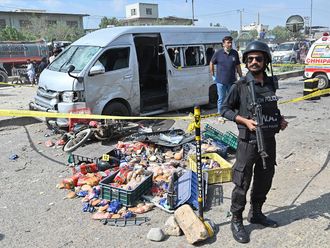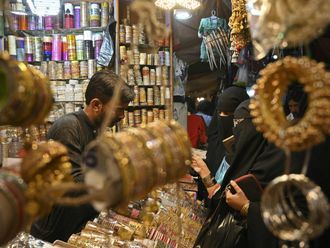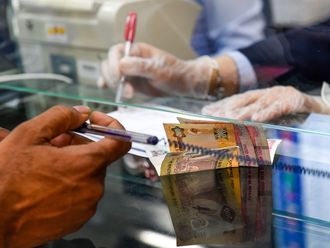Karachi
Karachi is sizzling under an intense heat spell that reached its peak on Friday as temperature soared to 44 degree Celsius.
The Pakistan Meteorological Department (PMD) had predicated very dry and hot weather in the coastal city of Karachi following which health departments had issued a red alert for both Thursday and Friday.
The Jinnah Postgraduate Medical Centre (JPMC), National Institute of Child Health (NICH), as well as all the government hospitals were put on high alert to combat expected heatwave.
However, no cases of heatstroke-related deaths have been reported so far, according to JPMC’s Dr Seemin Jamali. Dr Jamali advised the residents of Karachi to drink plenty of water, wear light clothes and not remain outside unnecessarily in hot weather.
Many people were seen resorting to freshly pressed sugarcane juice, sherbets and fresh fruit squashes to beat the heat. “This cold refreshing glass of sugarcane is energising after long travel on the public transport bus which has been made worse due to the scorching heat” said Imtiaz Ahmed, a shop attendant.
Karachi Mayor Wasim Akhtar declared an emergency in Karachi Metropolitan Corporation-run public hospitals and clinics across the city and instructed medical staff to take appropriate measures to handle heatstroke-affected patients.
On Friday, several water and juice stall were also set up outside mosques to offer relief to the people. Rangers had built several heat relief centres at different points in Karachi, with water tanks, air coolers and medicines. Doctors and medical staff had also been appointed in the relief camps.
The rising temperature in the port city has been attributed to a shift in the wind, according to PMD Regional Director Shahid Abbas. “The direction of the south-easterly wind has shifted to north-west due to a low pressure developing in upper Sindh,” he said.
The blistering heat will start dropping on Saturday, with the temperature dipping to a maximum of 37°C, and lowering to 34˚C next week in Karachi as well as coastal belt of Sindh — Badin, Thatta and Sujawal.
The Met office has warned that Karachi along with other parts of the country will experience frequent heatwaves in the months of May and June. “The mercury in Karachi will remain a degree or two above the normal temperature in May and June” said PMD Director General Dr Ghulam Rasul.
With temperatures in Karachi rising to 44˚Celsius on Friday, the increased load-shedding added to the miseries of the people. K-Electric (K-E) announced a further cut in power supply due to a shortfall of 200 megawatts caused by a fault that occurred at the Bin Qasim Power Plant.
“We are suffering from severe heat and extended load shedding at the same time. The situation is terrible especially for my ailing mother and my kids who have exams this week. It seems like there in no respite for citizens from both nature and government,” sighed Samia Shah, a housewife.
The sweltering temperatures in Pakistan created a record last week when it was reported that Nawabshah in Sindh may have endured the highest temperature ever recorded on the Earth in the month of April. In Karachi, the highest temperature ever recorded was 46˚C on May 22, 1981.












